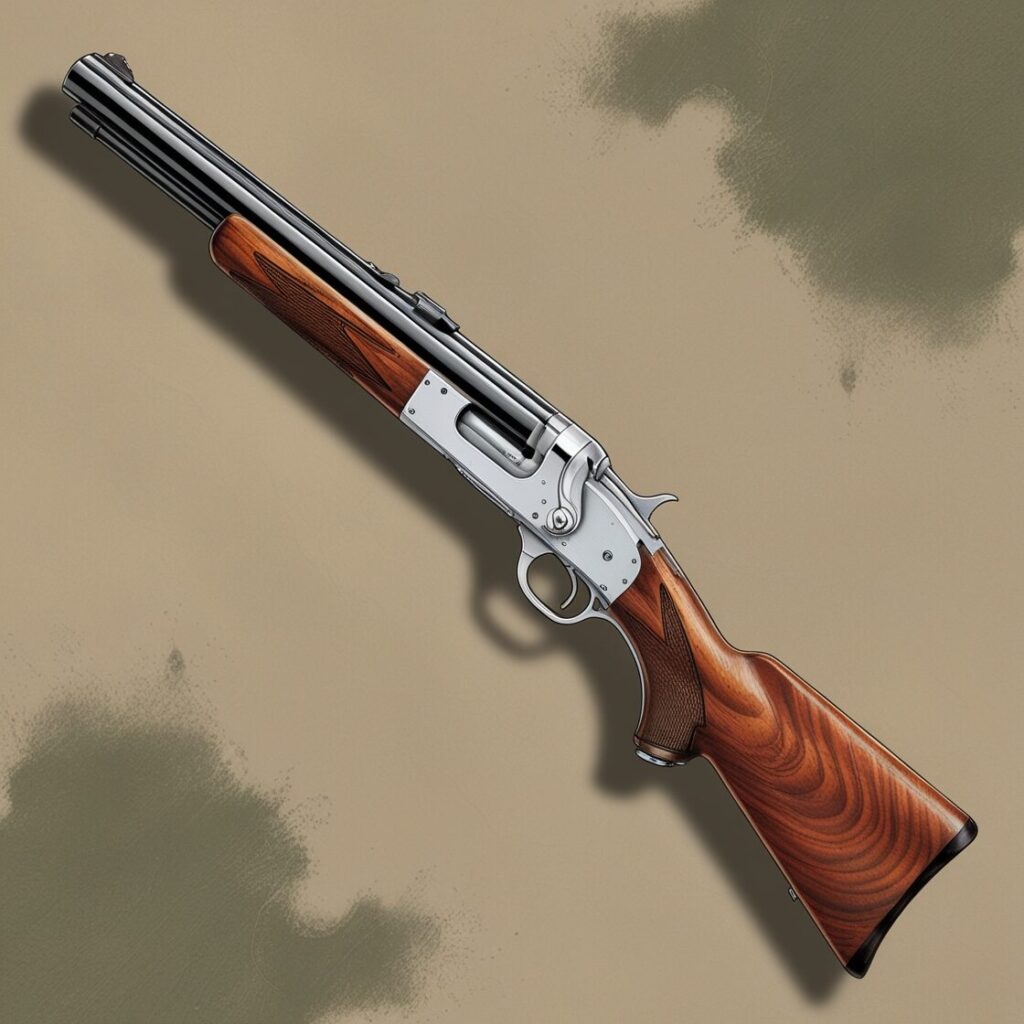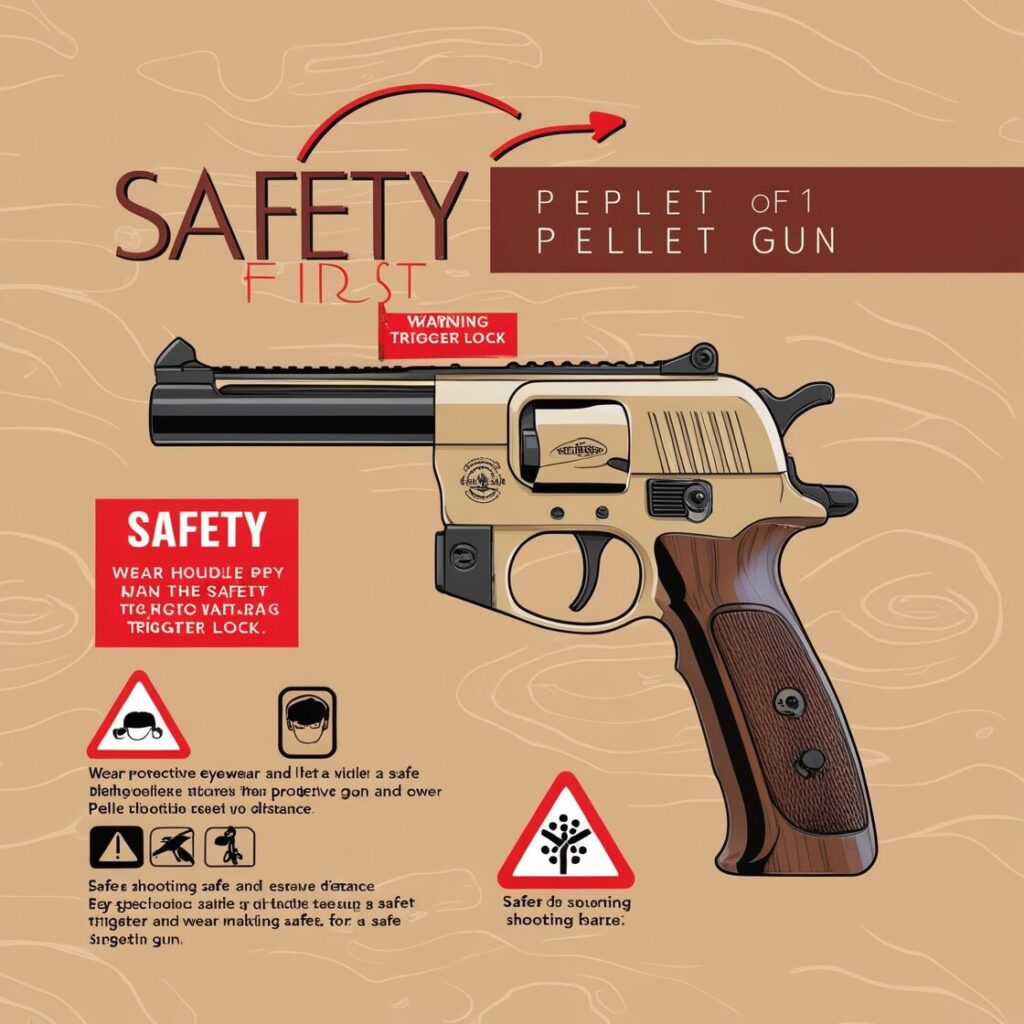Pellet Gun for Pest Control
Uninvited pests can make anyone feel like their home is under siege. You’ve probably tried all the usual methods like traps, sprays, even calling in the experts but somehow, the problem persists.
If you’re tired of the endless cycle, it may be time to take a more direct approach. A pellet gun offers a unique solution: it’s quiet, efficient, and gives you control over the situation. But like any method, it comes with pros and cons.
Let’s explore the advantages and disadvantages of using a pellet gun for pest control.
Pros of Using a Pellet Gun for Pest Control

1. Precision Targeting
One of the biggest benefits of using a pellet gun is its accuracy. Unlike poisons or traps that can be avoided or outsmarted by the pests, a pellet gun allows you to target specific pests with pinpoint precision.
Pellet guns work especially well for smaller animals that are harder to catch with traditional methods. Plus, you don’t have to worry about toxic chemicals lingering around your home, putting pets or children at risk.
2. Cost-Effective Solution
Calling pest control services can get expensive. And while traps and poisons require constant re-purchasing, a pellet gun is a one-time investment that keeps on giving.
If you’re a DIY kind of person, this can save you a lot of money in the long run. It’s an affordable option for those who want to manage their pest problem without breaking the bank.
3. Minimal Noise
If you’ve ever fired a traditional firearm, you know how loud and disruptive it can be. The beauty of pellet guns is that they are significantly quieter. You won’t be alerting the whole neighbourhood every time you take aim at a pest.
The quiet operation makes it ideal for residential use, keeping your pest control efforts discreet while still getting the job done.
4. Eco-Friendly
Another perk of using a pellet gun for pest control is that it’s a much greener option compared to chemical pesticides. No harmful chemicals to pollute the environment, no toxins to harm other wildlife, just a simple, straightforward way to remove pests from your property.
It’s a win-win for you as you get to save your money, avoid sickness and make the planet safe.
Cons of Using a Pellet Gun for Pest Control
1. Limited to Small Pests
While pellet guns can be incredibly effective against small animals, they are not a catch-all solution. Larger pests, like raccoons or coyotes, might require something more powerful.
If you’re dealing with a bigger pest problem, a pellet gun might not be up to the task. It’s important to know the limitations before relying solely on this method.
2. Skill and Responsibility Required
Using a pellet gun requires more skill than laying out a few traps. You need to have decent aim and a good understanding of your target. Otherwise, you risk injuring the animal rather than killing it humanely, which could be both ineffective and unethical.
Moreover, you’ll need to practise safety, ensuring no unintended damage to property or harm to other people or pets.
3. Legal Restrictions
Not all neighbourhoods or regions allow the use of pellet guns for pest control, especially in highly populated areas. Some local laws place restrictions on where and when you can use them.
Before deciding to go down this route, make sure you’re aware of any legal considerations in your area.
4. Potential for Accidents
Although pellet guns are not as dangerous as firearms, there is still the risk of accidents. A poorly aimed shot can cause damage to your home, like broken windows, or worse, injure someone.
Safety should always be a top priority, and it’s essential to take the proper precautions when using a pellet gun.
Safety Tips for Using a Pellet Gun

Practice First:
Accuracy is key when using a pellet gun for pest control, where precision is crucial to avoid unnecessary suffering. Spend ample time practicing your aim in a controlled environment, such as a shooting range or a designated outdoor area.
Get to know how your pellet gun behaves at various distances, how to control its recoil, and how to adjust for factors like wind or elevation. Proper practice ensures not only the effectiveness of your shots but also reduces the chances of accidental injury or missed targets.
Use Protective Gear:
Prioritize your safety by always wearing protective gear, particularly eye protection like safety glasses or goggles, while handling a pellet gun. Even though pellet guns for pest control are not as powerful as traditional firearms, the pellets can ricochet off hard surfaces or debris, causing serious eye injuries.
You might also consider wearing hearing protection, especially if using a more powerful air rifle, to reduce noise exposure. Additionally, wearing gloves with good grip and sturdy clothing can provide extra protection in case of accidental pellet discharge.
Ensure Safety Zones:
Safety should always be the first consideration before firing a pellet gun. Ensure that the area around you is clear of people, pets, and valuable property. Consider the trajectory of your shots and what lies beyond your target as pellets can travel far and potentially hit something unintended.
Setting up a designated shooting zone, where only authorized individuals are allowed, is essential. A backstop, such as a thick plywood board or a pile of sandbags, can help catch stray pellets and prevent them from causing harm or property damage.
Dispose of Waste Properly:
After a day of shooting, don’t forget to clean up. Used pellets, targets, and other debris should be disposed of properly to avoid environmental harm. Pellets, especially those made of lead, can be toxic to wildlife and contaminate the soil if left behind. Make sure you’re disposing of them in a way that complies with local environmental guidelines and consider using non-toxic alternatives if available.
CONCLUSION
Pellet guns can be a highly effective and affordable tool for managing small pest problems. They allow for precise targeting, minimal noise, and a greener approach to pest control. However, they come with limitations and responsibilities. You’ll need skill, legal awareness, and a strong sense of safety to use them properly.
So, before you pull the trigger, take some time to weigh the pros and cons. With the right approach, you can make your home pest-free without the noise, chemicals, or recurring costs of other methods.